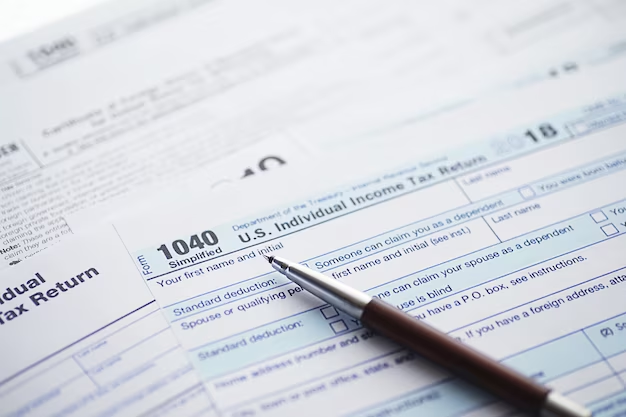Unlocking the Mysteries of the 1040 Tax Form: What You Need to Know
For many Americans, tax season is synonymous with the 1040 tax form. Whether you're a seasoned tax filer or a first-timer, understanding this fundamental document can save you time, money, and possibly stress. Let's delve into what the 1040 tax form is, why it matters, and how it connects to broader financial assistance opportunities.
What Exactly Is the 1040 Tax Form?
The 1040 tax form is the principal document used by U.S. taxpayers to file their annual income tax. Issued by the Internal Revenue Service (IRS), it helps individuals report their income, determine tax liability, and reveal any refunds or amounts owed to the government.
Key Features of the 1040 Tax Form:
- Income Reporting: The form details different types of income, including wages, dividends, and interest.
- Deductions and Credits: Taxpayers can take advantage of various deductions and credits, such as student loan interest or energy-saving home improvements, to reduce taxable income.
- Tax Liability Calculation: After income and adjustments are accounted for, the form helps calculate the accurate amount owed or refunded.
Navigating Your Filings with Ease
Filling out a 1040 form may seem daunting, but with a clear understanding of its sections and instructions, the process becomes straightforward. Here are a few tips to simplify your filing:
- Gather Documentation Early: Ensure you have all necessary information, such as W-2s, interest statements, and receipts for deductions, ready before you start.
- Use Reliable Resources: Consider utilizing tax preparation software or professional services if you're unsure about the complexities.
- Stay Updated on Changes: Tax laws evolve, so keep abreast of any changes that may affect your filings.
Beyond the 1040: Exploring Financial Resources
Understanding and managing your tax responsibilities is crucial, but there are other components to financial well-being, including accessing various aid programs. If you're looking to optimize your financial health further, explore these additional resources:
- Government Aid Programs: From housing assistance to food subsidies, programs like SNAP and Section 8 can provide essential support.
- Educational Grants: If you're seeking further education, look into federal grants like Pell Grants to minimize student loan reliance.
- Debt Relief Options: Organizations offer consolidation, negotiation, and even settlement plans for those burdened by significant debt.
- Credit Card Solutions: To improve credit scores or manage debt better, look for cards offering low-interest rates or balance transfer options.
Examining Financial Assistance Programs
Here’s a snapshot of resources that might be available to you:
- 🏡 Housing Assistance: HUD programs, rental assistance vouchers
- 🍎 Nutritional Aid: SNAP benefits, WIC for women and children
- 📚 Education Support: FAFSA, Pell Grants
- 💳 Debt Management: Low-interest consolidation loans, credit counseling
- 🏥 Healthcare Aid: Medicaid and state children's programs
Understanding your tax obligations via the 1040 form is a pivotal step that ties into broader financial management. Use this as a foundation to explore how government support, educational programs, and debt solutions can enhance your financial landscape. Armed with knowledge, you can make informed decisions that pave the way for a more secure and prosperous future.
